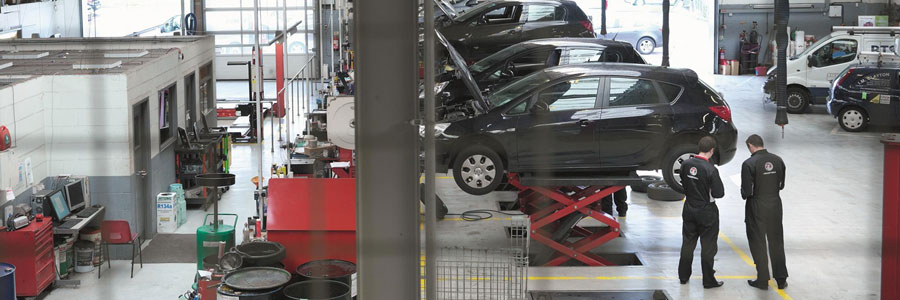Aftermarket issues hitting fleets

Reports from industry bodies are showing that issues of vehicle supply that have long been holding back the fleet sector are now easing. It's not all good news however since problems with getting hold of vehicles has been replaced by a lack of parts and increasing SMR (service, maintenance, and repair) costs.
According to new research from the BVRLA's half-year industry Outlook Survey, steady increase in vehicle supply levels has seen more fleet orders being fulfilled than compared to Q1 2022. Almost 60% of respondents saw improved sales transactions in the first half of 2023, showing cautious optimism in the face of the ongoing cost of living crisis.
Lead times have dropped significantly since August 2022, when the industry considered restricted vehicle supply to be an ‘extreme barrier' to operations. Now, lead times of 10 months or more are no longer the norm, with electric, hybrid, and ICE vehicles all seeing improved delivery times. It's a similar picture for vans, as despite 54% of LCV orders still taking over 10 months for delivery, it's down from the 68% reported in August 2022.
This optimism is tempered though with reports from BVRLA members that a decline in the availability of parts - found by 90% of respondents - is leading to higher prices, and off-road times increasing.
BVRLA Chief Executive, Gerry Keaney, said: “For the fleet and mobility services sector, there really is no such thing as ‘business as usual' anymore. Hampered by Brexit, COVID, cost-inflation and carbon reduction targets, the global automotive supply chain continues to lurch from one crisis to another, with BVRLA members bearing the brunt.
"The sentiments shared in our latest report highlight this, but they also tell a story of optimism and remarkable resilience. Green shoots are appearing with vehicle supply and most of our members are seeing growing sales. We are not out of the woods, but we have every reason to believe that businesses in our sector are on the right path.”
ATS Euromaster has urged fleet managers to carefully plan SMR routines to help lower costs, particularly considering part supply issues. With fleet managers under pressure to reduce costs, there is the temptation to lengthen planned servicing and maintenance schedules.
Mark Holland, Operations Director at ATS Euromaster, says: “It's a false economy waiting for an event to happen before scheduling a maintenance visit. The biggest cost to an operation is having the vehicle off-road for any time. This far outweighs the expenditure on regular maintenance.
“It's the same with tyres. Scheduling visits for replacement is key to the smooth running of fleets. We often don't have the service capacity for a rapid fit visit, and more likely we're also having to order in the tyre, such is the wide variety of different fitments and sizes that are now required for the fleet mix of SUV, EV and ICE fleet vehicles. So what I urge fleets to do is keep up regular maintenance work, book in visits in advance, and keep your fleet operation running smoothly.”
Some points to help reduce SMR outlay in the long-run include:
- Schedule maintenance - don't ignore it, because longer life cycles mean greater wear and tear
- Know when MOTs are due - on longer lifecycles there will be more of them - and schedule in advance
- Book in tyre replacements - do not leave to the last minute
- Don't get hooked on false economies. Budget tyres cost less than premium tyres but are half as durable - meaning their whole life cost is more
- All-season tyres are a great option for ICE vehicles as they offer consistent traction whatever the weather conditions and eliminate the requirement to swap to winter tyres
- Cracks or chips get worse over time. It is advisable to get them repaired as soon as they appear to prevent worsening which can lead to a costly replacement.
- Van fleets involved in kerbside deliveries should flip the tyres from outer to inner to lengthen service life.
View our latest blog posts

Categories
Pages
We are a family run business based in rural Worcestershire. Our team of 38 staff are on hand to provide an exceptional service to personal and business customers.
Read More
